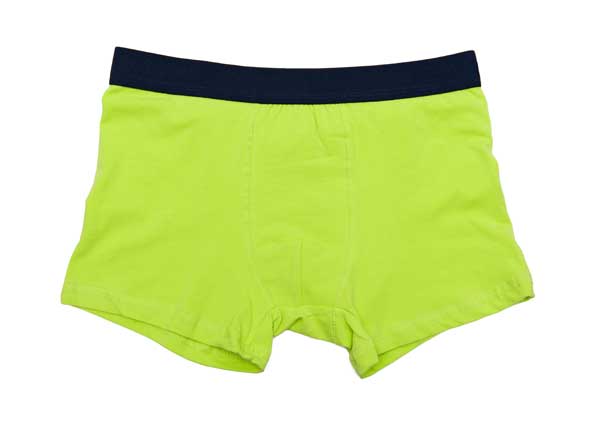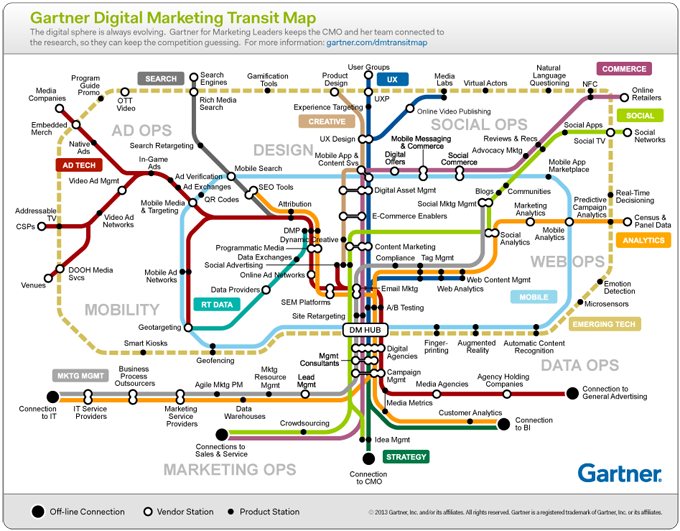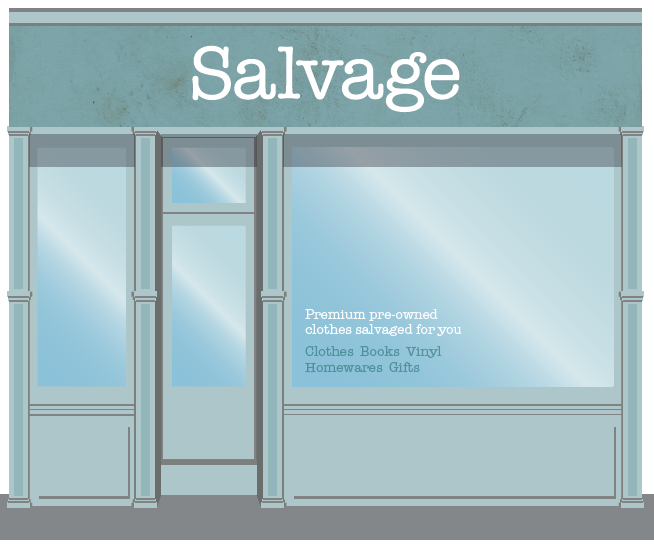
Improve marketing ROI – advice for have-a-go copy heroes
Do you entrust your marcomms agency with copywriting, or are you more of a have-a-go hero?
You probably wouldn’t stake the success of your marketing communications on your own graphic design skills, even though you can draw. So why would your own commercial writing be as effective as that of a skilled copywriter? We await your comments with interest!
A good copywriter brings a toolbox of techniques to the marketing table. Some of these things are explicit, and some harder to put your finger on: from understanding SEO to articulating a brand promise; and from capturing the right tone of voice, to framing benefit statements and calls to action; the goal is an engaging story that sells.
DIY
At The Four Peas we know the value of top notch copywriting to successful marketing. So if you’re committed to doing it yourself, here are a few tips that we’ve picked-up doing the hard yards in agency copyland.
The preparation bit
- Set a clear objective
Be clear about your primary objective: what is the purpose of the written content? - Get the brief right
Plan what it is you need to say, and its relevance to readers. If someone else is briefing you, challenge assumptions, request detail and sense check expectations. - Note brand guidelines
Make sure you read and apply brand guidelines consistently. - Identify your audience
Picture who you are writing for, their mindset and needs. Define their motivations and interests, challenges, behaviours, purchase stage and context, role within a decision making team, etc. This all helps you to formulate valuable, relevant, engaging and impactful content.
Unleash your inner ‘wordsmith’
- The headline
First impression count, so your headline has to grab attention – this is worth spending time on. For online content, balance the desire for a clever or intriguing title with the importance of clear meaning and the inclusion of relevant search terms. - The intro is critical too
Your opening paragraph is critical to keeping readers engaged. It needs to tell the story in a nutshell; and it has to relate to your readers and their needs. THEN you can talk about how your service or product satisfies those needs using high impact words and phrases. - Signpost your story
Stories are powerful, so bare this in mind when copywriting your content. Think about how structure, flow and rhythm promote readability and entertainment. Use impactful ‘calls to action’ to signpost what readers should do next. And don’t be dull: add humour, energy and excitement, where appropriate. - Benefits not features
Remember, features describe a product, whereas benefits tell the reader the actual advantages that the product will give them. Focus on the latter. - Keep it concise
Readers are time poor (just like you), and aren’t automatically interested in how great you think your company, product or service is. Enunciate the benefits to them, and how your proposition is different from your competitors’. Then reach a conclusion that encourages readers to respond or take action. But don’t ramble on. - Sentence length
As a guideline, aim for an average sentence length of 20 words. Shorter sentences can be great for emphasis. And impact. But too many of them can make content seem staccato. Or clunky. Longer sentences provide a calmer counterpoint, where you can explain more complex points.
Go beyond grammar
- Personality and tone of voice
Don’t automatically default to more formal and impersonal language when you copywrite. Think about how personal or formal, straight or quirky your language should be to create a connection with readers. Inject personality if you can – so long as it fits with your brand. Try to inject natural energy into your content: if it sounds dull to you, it will definitely sound dull to your readers. - Think context
The communication context/channel is vital. Copywriting content for a website is very different to penning a corporate brochure, because search relevance is key. Online, people want to quickly scan information – so marketing content has to be easily navigable. Make copy more punchy, and sectionalise it with subheadings, bulleted lists and boxed-out sections. - Keywords
For online content, be clear about keyword optimisation. Use keywords in headings and sub headings as well as body copy – but don’t sacrifice your content on the alter of keyword density. If your readers are to be kept engaged, content has to be natural and relevant. - Jargon
Unnecessary jargon is a no-no: just use clear, straightforward language that every reader will understand. - Bring it all together
Neither copy nor graphics will achieve your objectives in isolation: think about how these elements can be combined to enhance content readability, interest and engagement.
Do you “Stand in your own queue”?
At a recent business seminar, James Averdieck (the founder of Gü) advocated, “Standing in your own queue.” It’s great marketing advice, so put yourself in the shoes of your audience and read your content as an objective, impassive punter. That’s the acid copywriting test.
Happy queuing, heroes – and please share your own copywriting nuggets here.
Share
10 steps to a better marketing brief When you need your team or agency to hit the ground running,
Illustrate B2B value with a well planned case study With content that’s of real value to customers and prospects rightly
Let’s make digital marketing rock “Let’s share digital marketing secrets.” This was pretty much the introductory line that setup a




